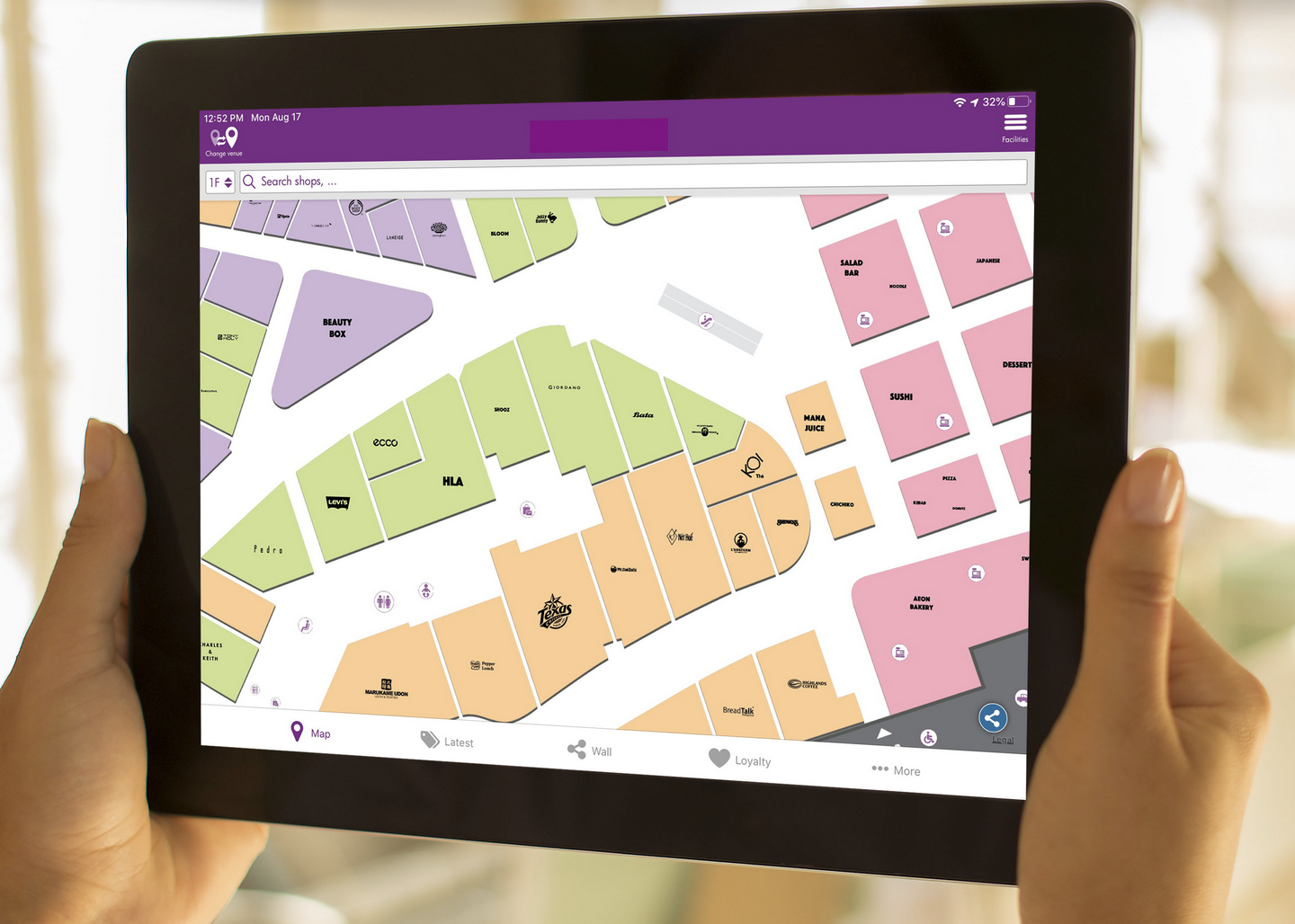Growing Old: 6 Risks of Aging Facilities
Kyle Christiansen, VP of Roth IAMS, United States
Posted 04/06/2023
Aging Facilities in the US are entering the Renovation Phase. The average facility age is 50 years old.
According to the 2022 census, the average age of a US residential building is 38.5 years. The U.S. Department of Education has found the average age of a school building to be 42 years (Oct 12, 2022). Research by SMR has shown that the average age of US commercial buildings at the end of 2021 was 53 years. Studies in 2011, 2014, and 2017 show the average age remained stable, around 50 years, but then in 2018, the average age began to slightly increase. These aging facilities pose many challenges to facility managers.
For many facility managers, the risks and costs associated with mid to old-age facilities is new territory. Aging facilities that are reaching 40 to 60 years old are facing a new stage of capital investment that many are not prepared for. Hidden systems are often referred to as infrastructure, and include plumbing, electrical, elevators, live safety, and HVAC distribution systems. Systems that are hidden in the plenum spaces of walls and ceilings could be ignored for years. Data shows the average age of facilities in the US is around 50 years old, in life we call that middle age.
Historically, younger facilities are typically managed by replacing individual systems or investing in cosmetic remodeling during the first 40 years. At 40, buildings become candidates for major renovation, additions, and structural changes that were previously out of sight and out of mind. At 50, hidden distribution systems start to fail, and comprehensive renovations become harder to ignore. Not only are hidden systems due for replacement at this age but there are also many other risks and costs associated with buildings constructed in the 1970s and 80s. The process of replacing major infrastructure systems triggers issues with code compliance, energy performance requirements, ADA compliance, red flag systems, such as aluminum wiring and faulty electrical panels, and environmental contaminants like asbestos and lead-based paint which were out of mind during remodeling and system replacement efforts.
To add to the pressure of renovation, many manufacturers have historically stopped making replacement parts around 40 years. In today’s world, that has often changed to 30 years, making maintenance of large-scale equipment like elevators, boilers, chillers, and electrical components difficult without causing excessive downtime while waiting for parts to be fabricated. To further compound the problem associated with buildings 40-60 years of age is the complexity of changes required by code conformance, ADA conformance, energy code, legislation conformance and changes in cultural uses of buildings and spaces that can make aging facility space utilization a significant issue.
The purpose of Facility Condition Assessment reporting is to analyze the budgeting and life cycle costs for each decade of use. This is also referred to as capital planning.
Asset Inventory has become the tool by which centralized facility management is managed. Using a centralized maintenance or capital planning software tool can help prepare facility managers and asset managers for the costs and priorities required.
Aging facilities have a cycle of capital investment that is predictable. The painting and carpeting renewal runs on a 10-year cycle. The remodeling runs on a 15-year cycle. HVAC, roofing, control systems, and pavement follow a 20-year replacement cycle. Doors, windows, and cabinetry follow a 25-to-30-year replacement cycle.
Whatever your age, you can relate to issues of facility aging that are closely aligned with issues of human aging. Each decade has its own set of issues and risks, here is a summary of decade-based risks for aging facilities:
Risk 1
Years 1-10: In the first 10 years, building owners are typically lulled to sleep as buildings require little to no significant maintenance. Cosmetic issues such as painting, caulking, or carpeting may be necessary. Many building owners sell their buildings at 10-15 years because maintenance and capital investments begin to increase.
- Painting
- Caulking
- Sealants
- Carpeting


Risk 2
Years 11-20: In the second decade, buildings require an increasing amount of maintenance and attention. Building owners are rudely awakened by the need to replace or overhaul costly systems like roofing, asphalt, cooling equipment, heating equipment, water heaters, and anything with moving parts such as pumps and valves. Remodeling, including painting and flooring, is also in need of another replacement cycle.

Risk 1 repeats:
- Painting, caulking
- Carpeting
Risk 2:
- Roofing
- HVAC
- Valves and Pumps
- Pavement Restoration
- Waterproofing
- Furnishings
- Remodeling


Risk 3
Years 21-30: In the third decade, buildings require more maintenance and investment. Building owners are now forced to consider the first level of infrastructure replacement, including doors and windows, restrooms, cabinetry, and terminal HVAC units. Control systems for elevators, fire alarm panels, and HVAC equipment typically require replacement in this decade as well. Cosmetic painting and flooring occur again, every 10 years. This is a decade of additional remodeling with the added cost of doors and windows. Issues of poor construction may occur due to a lack of weep holes, waterproofing, or flashing.

Risk 1 repeats:
- Painting, caulking
- Carpeting
Risk 3:
- Doors
- Windows
- Masonry pointing
- Cabinetry
- Waterproofing
- Restrooms
- Control systems

Risk 4
Years 31-40: In the fourth decade, buildings require even more maintenance and investment. The risks of the 1st and 2nd decades are revisited with another cycle of roofing, pavement, and HVAC equipment. Remodeling, painting, and flooring are also revisited. ADA conformance is typically missing as design requirements were started in 1992. If remodeling turns to renovation, ADA conformance may be triggered. 20% of renovation costs for lobbies and restrooms may be required to be set aside for ADA conformance. As larger systems are replaced or structural changes are made, code conformance becomes an increasing issue. Energy performance issues are also triggered by new codes and legislation, which you must follow in your aging facility.

Risk 1 repeats:
- Painting, caulking
- Carpeting
Risk 2 repeats:
- Remodeling
- Roofing
- HVAC
- Valves and pumps
Risk 4:
- Large HVAC Systems
- ADA, energy, and code conformance

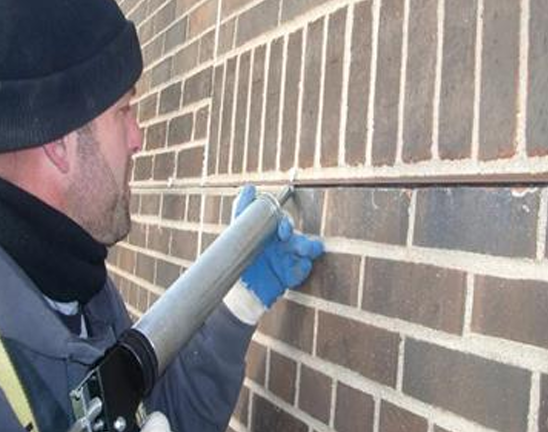
Risk 5
Years 41-60: As facilities age, they require a lot more attention and investment. In the 5th and 6th decades, hidden systems start to emerge for study and maintenance. Plumbing, electrical, elevator, fire alarms, and façade issues start to become more prominent. Major renovations start to become necessary as hidden infrastructure issues start to rear their ugly head. So, in this decade, comprehensive maintenance must be considered. A 2nd cycle of doors and windows and a 4th cycle of remodeling is met with the 1st cycle of renovation.

Risk 1 repeats:
- Painting, carpeting
Risk 2 repeats:
- Roofing, pavement, HVAC
Risk 5:
- Renovation with code conformance
- Ceilings and air distribution
- Plumbing
- Electrical and fire life safety
- Elevator

Risk 6
Years 50-60: At this age, buildings could be in good condition if they have kept up with remodeling and renovation cycles. Some maintenance may be necessary or extreme renovation may be necessary if renovations or repairs have been delayed over the years. However, if capital investment is delayed too long, the extent of renovations may become too extensive to consider and adaptive reuse or other major changes may be necessary.
On top of the risk of delayed action is the unique set of issues that pertain to buildings constructed in the 1970s that included environmental and red-flag issues. Unfortunately, buildings constructed in the 1970s were subject to a variety of experimental systems that have become known in the industry as red flags. Lead-based paint and asbestos were finally outlawed in 1978 and 1979 but buildings built before this time are subject to the special pains of cleaning up these issues. Plumbing systems such as galvanized and polybutylene were problematic and short-lived. Electrical panels manufactured by Federal Pacific and Zinco were destined to fail early. Aluminum wirings were used as an inexpensive alternative to copper but became a fire hazard. Aging facilities with buildings this age are typically short on fire safety systems and are not adequately braced for wind or seismic activity (depending on the location).
- Red Flag Issues
- Environmental Issues
- Windows and Doors
- Remodeling
- Renovation deferred with Code Conformance
Many of us in this industry have committed our careers to maintaining, renovating, repurposing, restoring, and remodeling existing buildings. With such a large number of aging facilities in the world, there is no end to maintenance and capital renewal.

Kyle Christiansen
Roth IAMS, Vice President, United States
Roth IAMS is a facility and infrastructure asset management strategies company with offices, employees, and projects across Canada and the United States. We collaborate with clients to provide them with strategies, data, tools, and processes that remove the stress from the annual capital planning and budgeting process. Our vision is to solve the World’s Deferred Capital Renewal and Maintenance Backlog Crisis.
Related Articles
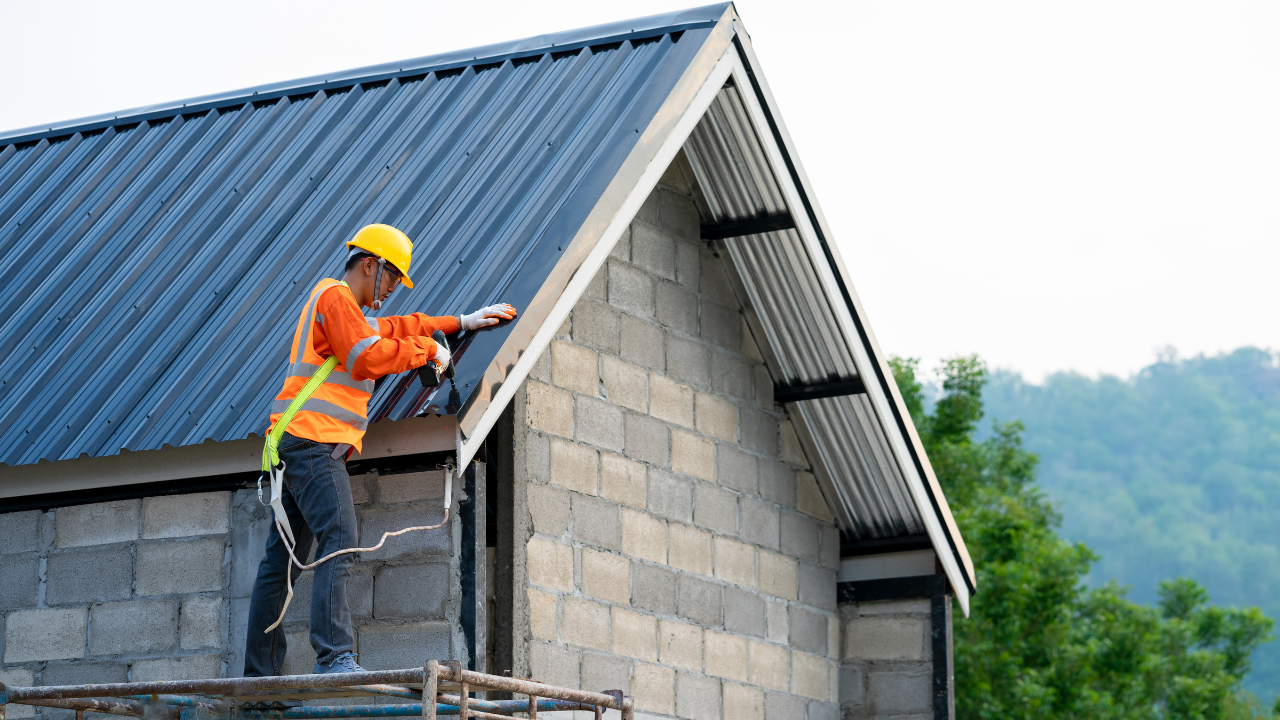
Engineered Building Maintenance
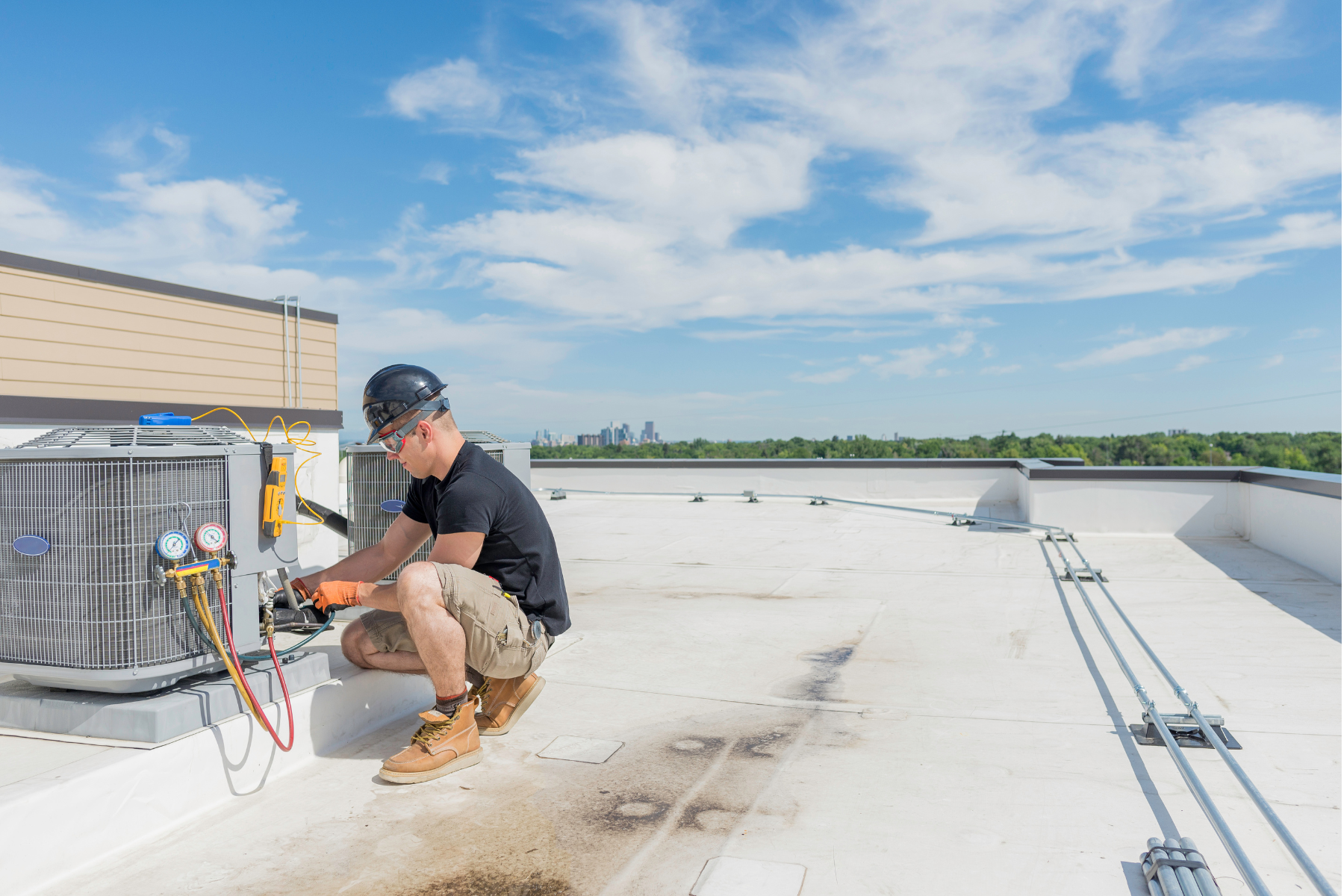
Achieving "Near Zero" Refrigerant Emissions in HVAC Systems
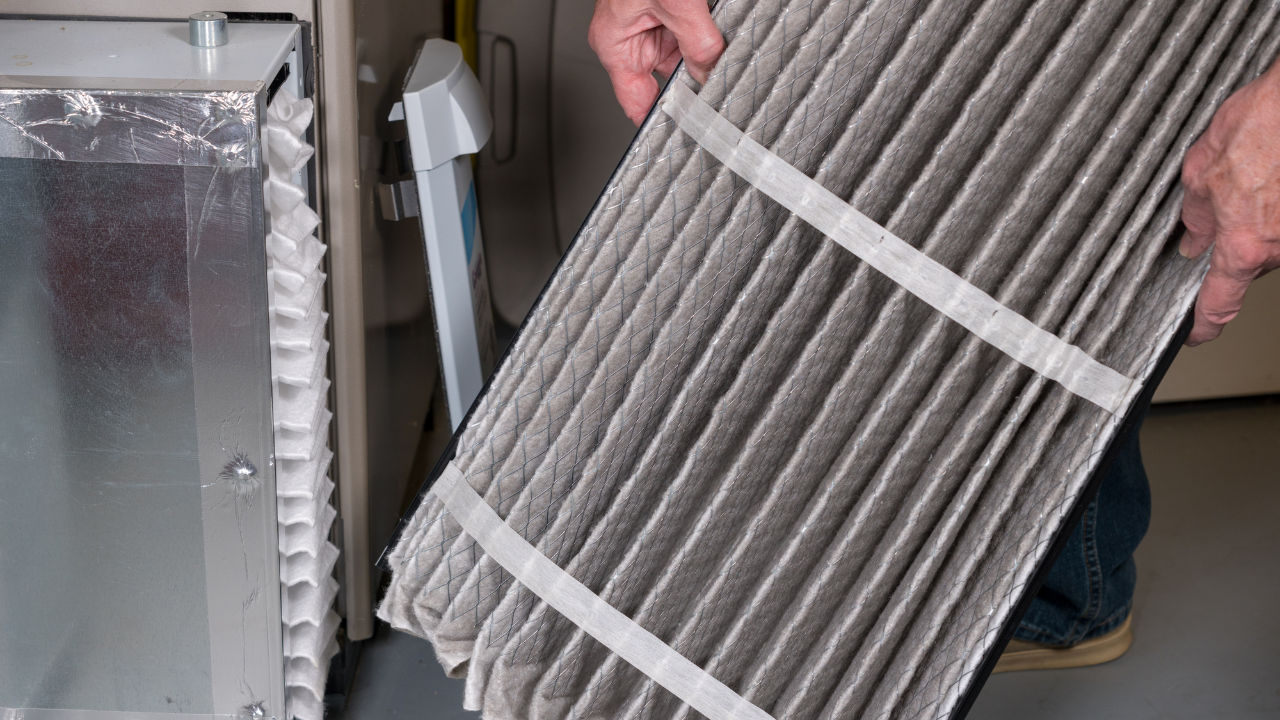
HVAC Attack - How to Select the Right HVAC Filter for the Job

How Building Managers Can Save On Energy Purchasing Through Changing Paradigms

What Is Facilities Management? Challenges, Solutions, & More

How a Platform Approach Can Transform Your Building Operations
